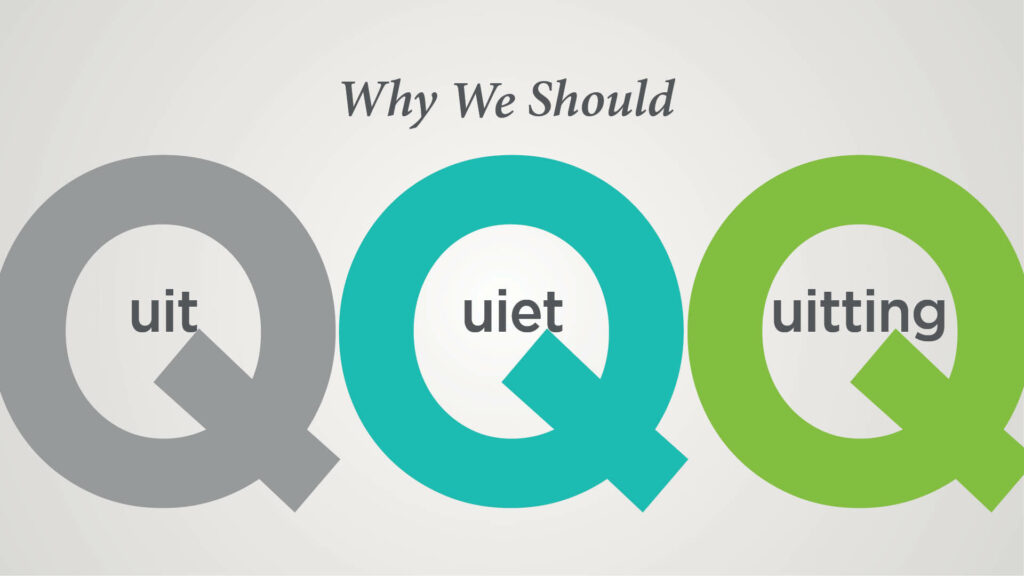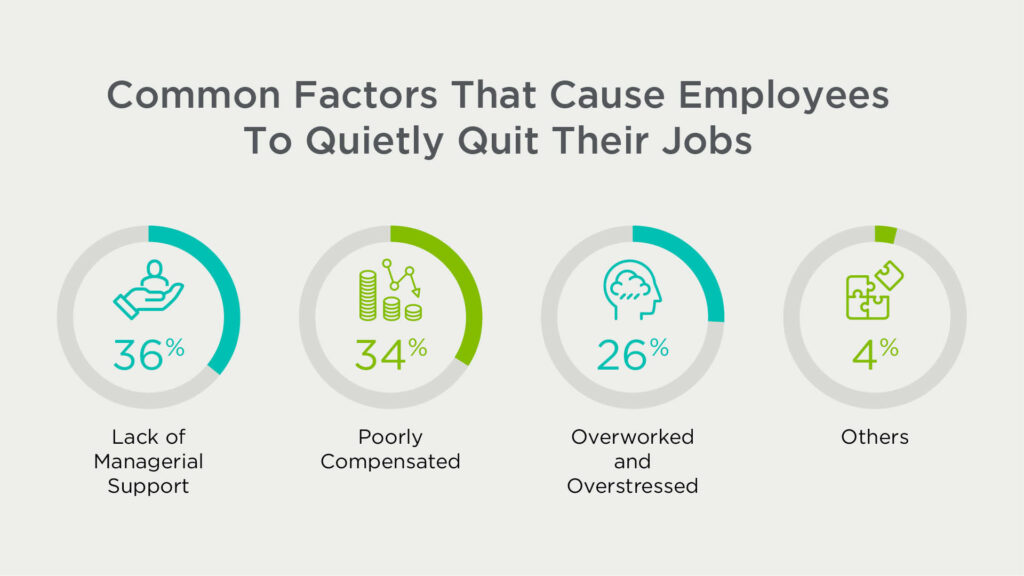By Kurt Gillam, Executive General Manager PERSOLKELLY Australia.
The field of recruitment is not only fast-paced, challenging and dynamic, but it also offers a plethora of opportunities. Consultants can not only advance their own career trajectory but help others with their own careers as well. If you’re looking for a new direction, a move into recruitment could be worth considering.
Here are five reasons to consider a recruitment career:
1. Gain valuable and in-demand skills
One of the great things about working in recruitment is the skills you gather while working in the industry. A role in recruitment can build your interpersonal, communication and relationship management skills. These skills are all transferable to other industries, making them invaluable no matter which field you may choose to work in future. Recruitment is extremely people-focused and centres around interacting with a variety of individuals in a range of situations. Helping you develop soft and interactive skills and gain experience dealing with people from all walks of life.
Recruiters can conduct job matching, character assessments, interviews, background checks and due diligence in a typical day. As such, the job naturally suits analytical and organised individuals with excellent time management skills. A job in recruitment will help you learn and further develop a range of easily transferable skills that you’ll continue to draw on for years to come, no matter what industry you end up in.
2. Help others while you also advance
A career in recruitment means regularly interacting with employers and job seekers, helping you improve your interpersonal skills and active listening ability. It’s important to be able to carefully listen to both clients and candidates to find out exactly what they’re looking for. Doing so can vastly improve your problem-solving skills and foster critical thinking while helping individuals and companies find their perfect matches.
Finding good fits for both active or passive job seekers and organisations will widen your understanding of the job market and how it differs between industries and roles. Finding these perfect fits involves interacting with hiring managers, human resources teams and high-profile positions with companies, helping you build up a valuable range of connections.
You may use these connections to help find candidates or even for the advancement of your own career.
3. It’s a fast-moving and ever-changing industry
Recruitment is dynamic, offering countless opportunities for change and growth. As industries and job markets change, the recruitment industry evolves. New technologies have come along and transformed the way the recruitment process is conducted. From paperless applications, and digital background checks through to remote video interviews and testing suites. While application Tracking Systems (ATS) have streamlined and automated parts of the hiring process.
Advancing technologies have also brought about numerous improvements in learning opportunities available to recruiters, such as online training and conferences. You’ll have the chance to develop leadership skills, set clear directions and be agile as you advance through your career in recruitment.
4. Autonomy can assist in better mental health
Recruitment is a people business that revolves around servicing the needs of candidates and clients. Like many roles over the past few years, recruitment has become more agile and flexible in terms of the location in which work is conducted. As consultants will often meet with clients and candidates both in and out of the office, it’s a career that suits driven individuals that thrive working autonomously.
According to Mental Health UK, autonomy in the workplace can help promote better mental health and even prevent excess stress and burnout.
5. It’s an in-demand profession
The 2021 Business Market Insights report predicted that the online recruitment industry in APAC is expected to grow from USD6.8 billion in 2021 to USD12.4 billion by 2028, nearly doubling in just seven years.
As the job market continues to boom after being heavily impacted by the pandemic, the search for clients will ensure the demand for qualified recruitment consultants remains high. Resulting in great prospects for those either already in the industry or looking to enter recruitment.
Conclusion
There’s no doubt that a career in an established recruitment firm has many long-term benefits for your career. Transferrable skills, and building your network while also helping candidates achieve their career goals are just a few of the things to be gained from a career in the industry.
Once you build your career, the rewards are endless. Quite often, there is nothing quite as rewarding that the long-term friendships that you will build with your colleagues as a result of working in a vibrant company culture, however, you will have the opportunity to get back from what you put in – be it interstate or overseas travel, awards and prizes, learning and development opportunities, promotions and uncapped earning potential. The sky really is the limit.
If you’re looking for a change to a challenging yet rewarding job, then a role in recruitment could be the perfect move for you. You never know where it’ll take you.
We’re always on the hunt for great people to join our team. If you’re confident and caring, proactive and passionate, smart and resourceful, and want to kick-start or continue your career in helping others achieve their career goals, then we’d love to hear from you.
To register your interest in a future with PERSOLKELLY, visit our careers page.



